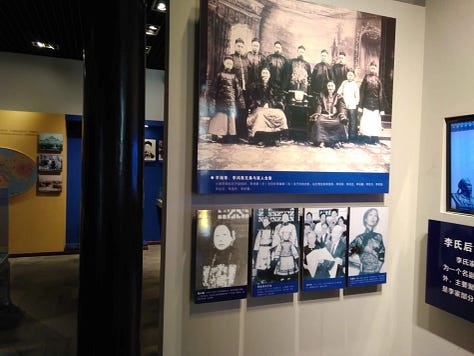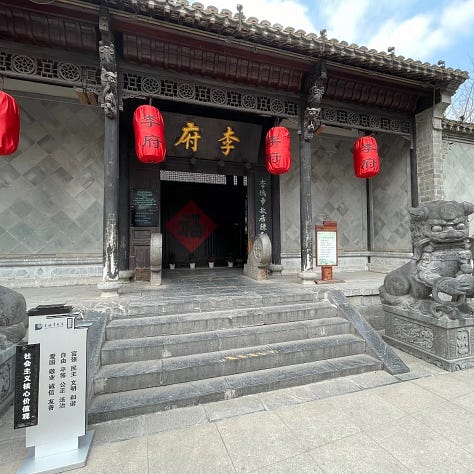China’s Iconic Treasures: A Journey Through Timeless Stories
An evergreen series showcasing what makes each Chinese city truly singular.
The Leshan Giant Buddha | China Daily
A Moment That Defines a City
A fisherman’s net cast into the Li River at dawn. The echo of a lone guqin in a Suzhou garden. The neon pulse of Chongqing’s Hongya Cave at midnight, these are the moments that sear a city into memory. Crown Jewels are not just landmarks; they are living encounters where history, culture, and human spirit ignite.
In China, every city guards a singular experience: the sunrise seen only from a Tibetan prayer flag, the alleyway where dynasties once traded silk for spices, the abandoned factory turned avant-garde theater. Some are world-famous; others hide in plain sight, waiting to be framed by the right light, the right story.
This series distils each city into one defining moment, the kind that lingers long after the journey ends. Updated weekly, we’ll chart China’s soul through 707 revelations: the epic, the intimate, and the utterly transcendent.
What to Expect?
707 Cities. 707 Jewels. Zero compromises.
No postcard clichés: Skip the crowded vistas. We reveal where to stand when the crowds leave.
The Why Behind the Wow: How a tea ceremony in Hangzhou mirrors Song dynasty poetry, or why a Wuhan bridge’s shadow tells a tale of resilience.
Sequential Discovery: Follow China’s cities in order (Hefei → Xiong’an → Wanzhou...). No detours, no repeats, just a disciplined march through wonder.
The best travel stories aren’t told, they’re felt. Here’s where to let China’s cities rewrite you.
Season 1’s 34-city journey begins HERE.
Crown Jewel 1: Li Hongzhang Memorial Residence (李鸿章)
Li Hongzhang (1823–1901): The Most Controversial Reformer of Late Imperial China.
Who Was He?
Li Hongzhang | Baoji Studio Year Unknown
Li Hongzhang was a Qing dynasty statesman, general, and diplomat who shaped China’s struggle to modernize amid 19th century foreign invasions and internal rebellions. Called both a national hero and a traitor, he negotiated with colonial powers (often signing unequal treaties) while fiercely pushing industrialization and military reform.
Li Hungzhang with Bizmark 1986 | By Togodumnus
Why He Matters
Military Leader: Crushed the Taiping Rebellion (1850–1864), saving the Qing dynasty, but at horrific human cost.
Modernizer: Founded China’s first steamship company, telegraph lines, and modern arsenals ("Self Strengthening Movement").
Diplomat (and Scapegoat)
Li Hungzhang with Lord Salisbury and Lord_Curzon (1913) | Memoirs of Li Hung Chang.
Forced to sign the Treaty of Shimonoseki (1895, after Sino-Japanese War) and Boxer Protocol (1901), blamed for "losing" territory, though he bought time for China’s survival.
The Hefei Connection
Born in Hefei, his memorial residence preserves his personal letters, court robes, and Western gifts (like a German made clock symbolizing his push for foreign tech). The site forces visitors to grapple with his legacy: Was he a pragmatic savior or a compromised betrayer?
Li Hongzhang Memorial Residence
Step into the mind of the man who held China together, by bending it.
Visitor Experience:
Touch history: See his handwritten memorials to the emperor, arguing for railroads and diplomacy.
Controversy alive: Debates still rage, was he China’s Otto von Bismarck or its weak link?
Only here: Unlike Beijing’s grand museums, this is personal, hometown, and raw.
All Uncited Images were sourced from MindTrip


















Lile, an inquiry about the images. You said they are powered by Mindtrip. I clicked the link. I googled it. It says its AI generated images. It's primarily, it seems, an AI generated travel planner, but how do we know these are actual images of actual real places and not an AI generated approximation, or worse, hallucinations?